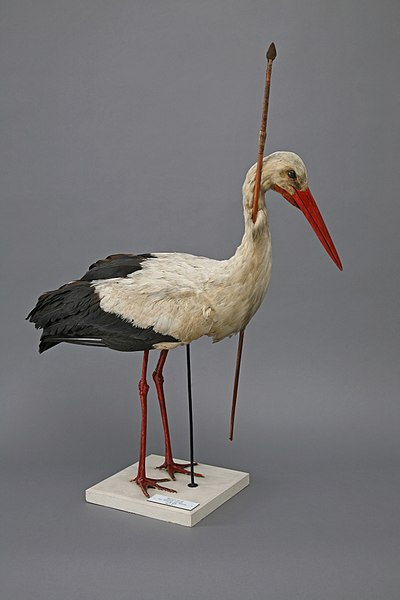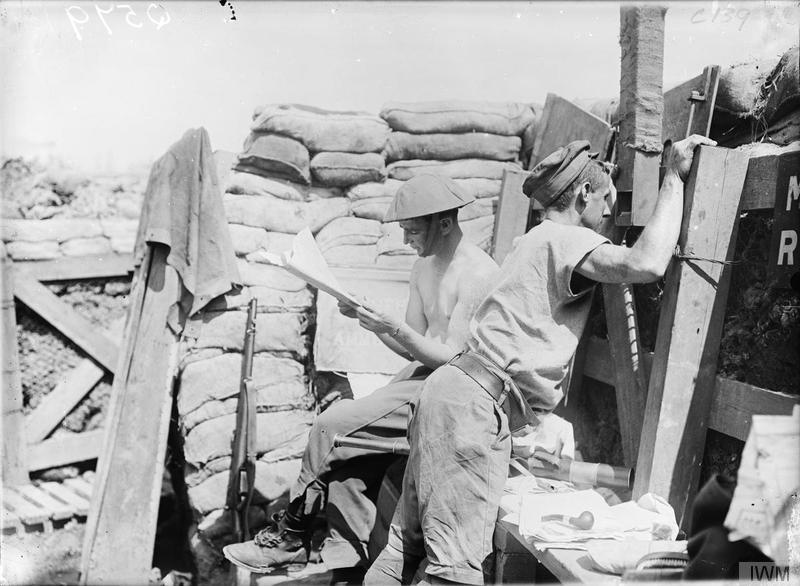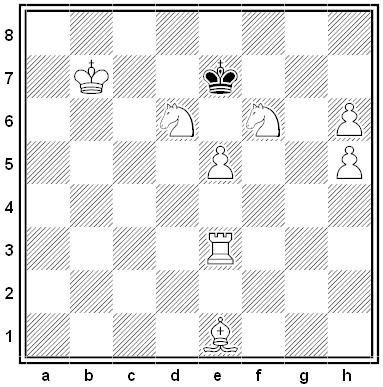Author: Greg Ross
Object Lesson
In a speech class at Oregon State University in 1967, Charles Goetzinger arranged for one student to arrive covered with a large black bag. Only his bare feet showed. Every Monday, Wednesday, and Friday at 11 a.m., the student would sit on a table at the back of the room, rarely speaking or moving. Goetzinger knew the student’s identity, but none of the other 20 students did.
At first the students treated the bag with hostility, but this evolved into curiosity and even friendship. When another teacher disparaged the mysterious student, “It made me mad,” said a classmate. “I felt I had to protect him.”
The experiment is seen today as an example of the “mere-exposure effect,” the phenomenon that familiarity breeds preference. The students knew nothing about the man in the bag, but simply encountering him over and over disposed them to like him. In the words of social psychologist Robert Zajonc, “mere repeated exposure of the individual to a stimulus is a sufficient condition for the enhancement of his attitude toward it.”
In a letter to a newspaper, one student wrote, “The Bag has motivated us, made us delve, explore, ponder and try to understand what goes on inside us. … Above all it has made us learn. It has persuaded us, and drastically changed everyone in the class.”
While You Were Out

A pleasing little philosophy puzzle:
If there’s a sentence that’s guaranteed to be false in any context, surely it’s this:
“I am not here now.”
But this very phrase is played on millions of answering machines and voicemail systems every day, and we all understand it to be true. I, here, and now are indexicals, words whose meanings change with the circumstances of their utterance. Here each seems to make a rather uncertain reference, and the resulting sentence on its face cannot be true, yet we all understand it readily. How?
(Jonathan Cohen, “Indexicality and the Puzzle of the Answering Machine,” Journal of Philosophy 110:1 [2013], 5-32.)
The Hanging Coffins of Sagada

In the Philippine municipality of Sagada, the Igorot people suspend coffins on wooden beams in the face of a cliff, both to protect them from floods and animals and to bring them closer to heaven. In a tradition more than 2,000 years old, the elderly fashion their own coffins out of hollow logs, to be fitted into place by their survivors. The practice is now slowly dying away.
“It’s like returning back to where you came from, in the foetal position in the womb,” Igorot guide Siegrid Bangyay told the BBC in 2018. Though the last cliff burial had taken place in 2010, she said, she would one day like to take a place on the cliff herself — changing from “a tourist guide to a tourist attraction.”
Note
I just ran across this in Hurd and Hurd’s Treasury of Great American Letters, from 1961 — kept from home on his daughter’s 10th birthday, Ogden Nash left her this poem:
My sweet, although you were divine
When you were just a child of nine,
I’d be the happiest of men
If I could see you change to 10.
I do not like to be away
On such a stupendiferous day.
Now that you’re old enough to caddie
I’m a very happy daddy.
Many happy returns and
I love you.
Insights

Maxims of La Rochefoucauld:
- “Jealousy is in some sort rational and just; since it only aims at the Preservation of a Good which belongs, or which we think belongs, to us: Whereas Envy is a Frenzy that cannot bear the Good of others.”
- “Good Sense should be the Test of all Rules, both ancient and modern; whatever is incompatible therewith is false.”
- “Avarice is more opposite to Economy than Liberality.”
- “We ought to be able to answer for our Fortune, to be able to answer for what we shall do.”
- “The most violent Passions have their Intermissions; Vanity only gives us no Respite.”
- “‘Tis more difficult to conceal the Sensations we have, than to feign those we have not.”
- “We should have but little Pleasure were we never to flatter ourselves.”
- “We love much better those, who endeavour to imitate us, than those who strive to equal us. For Imitation is a Sign of Esteem, but Competition of Envy.”
- “Whatever Difference may appear in Men’s Fortunes, there is nevertheless a certain Compensation of Good and Ill that makes all equal.”
And “The common Foible of old People who have been handsome, is to forget that they are no longer so.”
Aha!

In 1822, when Europeans were still searching for an explanation for the annual disappearance of some bird species, a white stork appeared bearing a central African arrow in its neck. This helped to show that some birds migrate long distances for the winter.
The stuffed stork can be seen today at the University of Rostock, where it bears the magnificent name Rostocker Pfeilstorch (“arrow stork from Rostock”).
Kjeragbolten

During the last glacial period, at around 50,000 B.C., a 5-cubic-meter boulder became wedged into a crevasse in Scandinavia, just southwest of the village of Lysebotn in western Norway.
The boulder is accessible to tourists, but be careful: There are no fences, and the abyss below is 984 meters deep.
Contact at a Distance

During daylight hours on the Western Front, soldiers in World War I regularly inspected the no-man’s-land that lay between the trenches. To do this they used either telescopes slid between the sandbag defenses or periscopes, which could be raised above the parapet to give a view of the field via a pair of reflecting mirrors. Normally there was nothing to see, but Brigadier Philip Mortimer of the 3rd Meerut Divisional Train had a start one day while peering through a telescope:
I actually saw as clear as daylight, the reflection in the top mirror of his periscope, a German officer’s head as he searched our trenches through his periscope, a most uncanny sight — the grey peaked cap and face as he looked down into the bottom mirror could be clearly seen.
“It was decided to ‘strafe’ the periscope with a Maxim which after being trained on it carefully was let off to the tune of about 15 rounds. The periscope immediately disappeared.”
(From Richard van Emden, Meeting the Enemy, 2013.)
Do Your Best
Rules of the ill-understood East Anglian pub sport known as dwile flonking:
A “jobanowl,” or referee, is chosen (preferably a “dull-witted person”), and the two teams toss a sugar beet to decide who flonks first. The jobanowl begins play by shouting, “Here y’go t’gither!”
The flonker stands in the center with the “driveller,” a three-foot hazel pole topped with a dwile, or cloth. While the opposing team joins hands and dances in a circle around the flonker (“girting”), the flonker spins in the opposite direction and, at a chosen moment, flonks the dwile at them. He scores 3 points for a “wanton” (a direct hit on a girter’s head), 2 for a “morther” (a hit to the body), and 1 for a “ripper” (a hit to the leg). 1 point is deducted from either team for each person who remains sober at the end of the game.
If the dwile hits no one (known as a “swadge”), the girters (well, the opponents, who have now ceased girting) pass the dwile from hand to hand chanting “pot pot pot” while the flonker drinks from an ale-filled chamber pot.
The game ends when each team has had a chance at flonking the dwile (an interval known as a “snurd”). During play the jobanowl can choose to change the direction of the girters and can order any player to drink who is judged not to be taking the game seriously enough.
The Lewes Arms sponsors an annual match between its regulars and the thespians of the Lewes Operatic Society. “The rules of the game are impenetrable and the result is always contested.”

